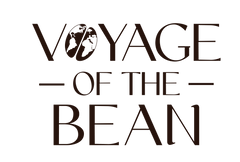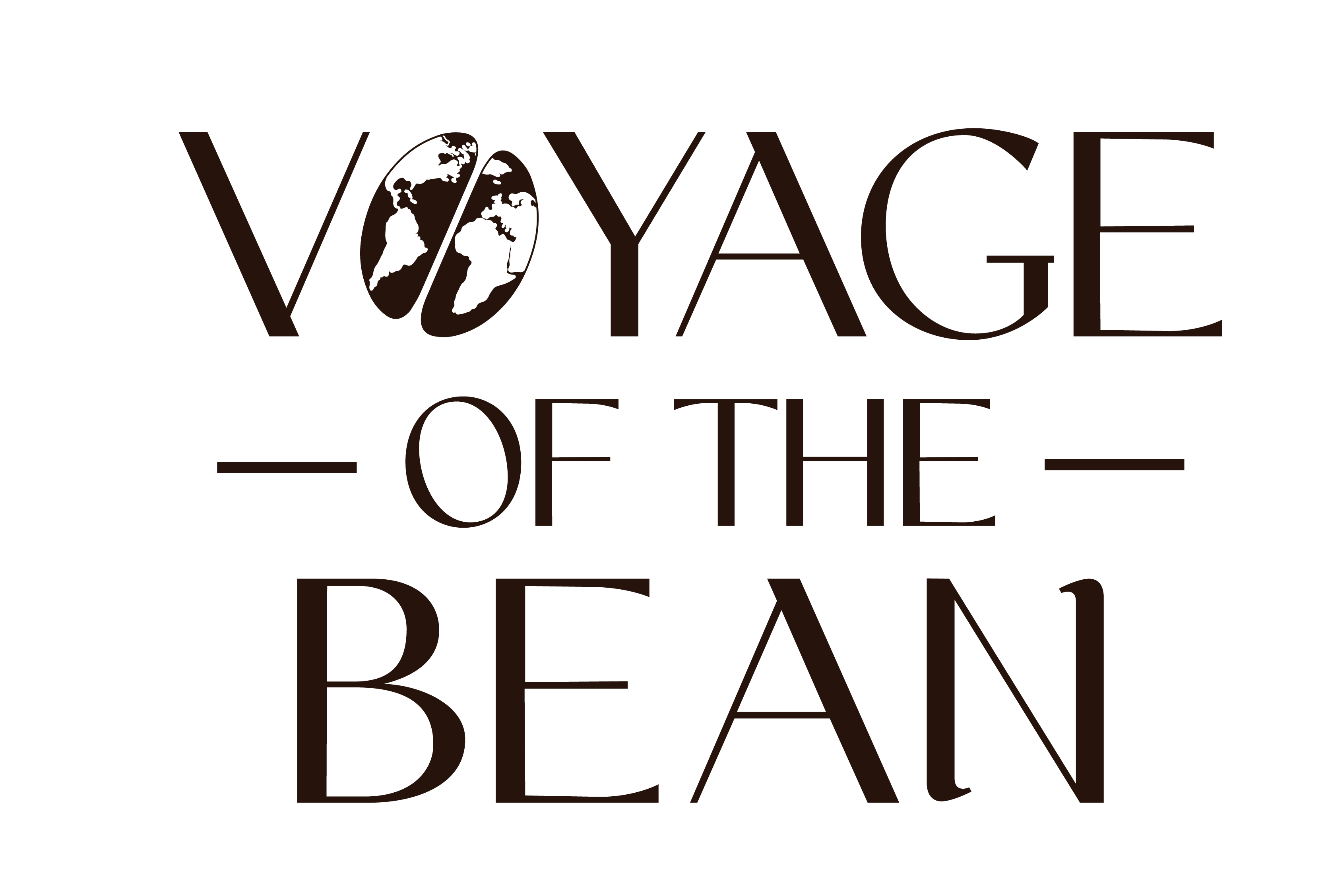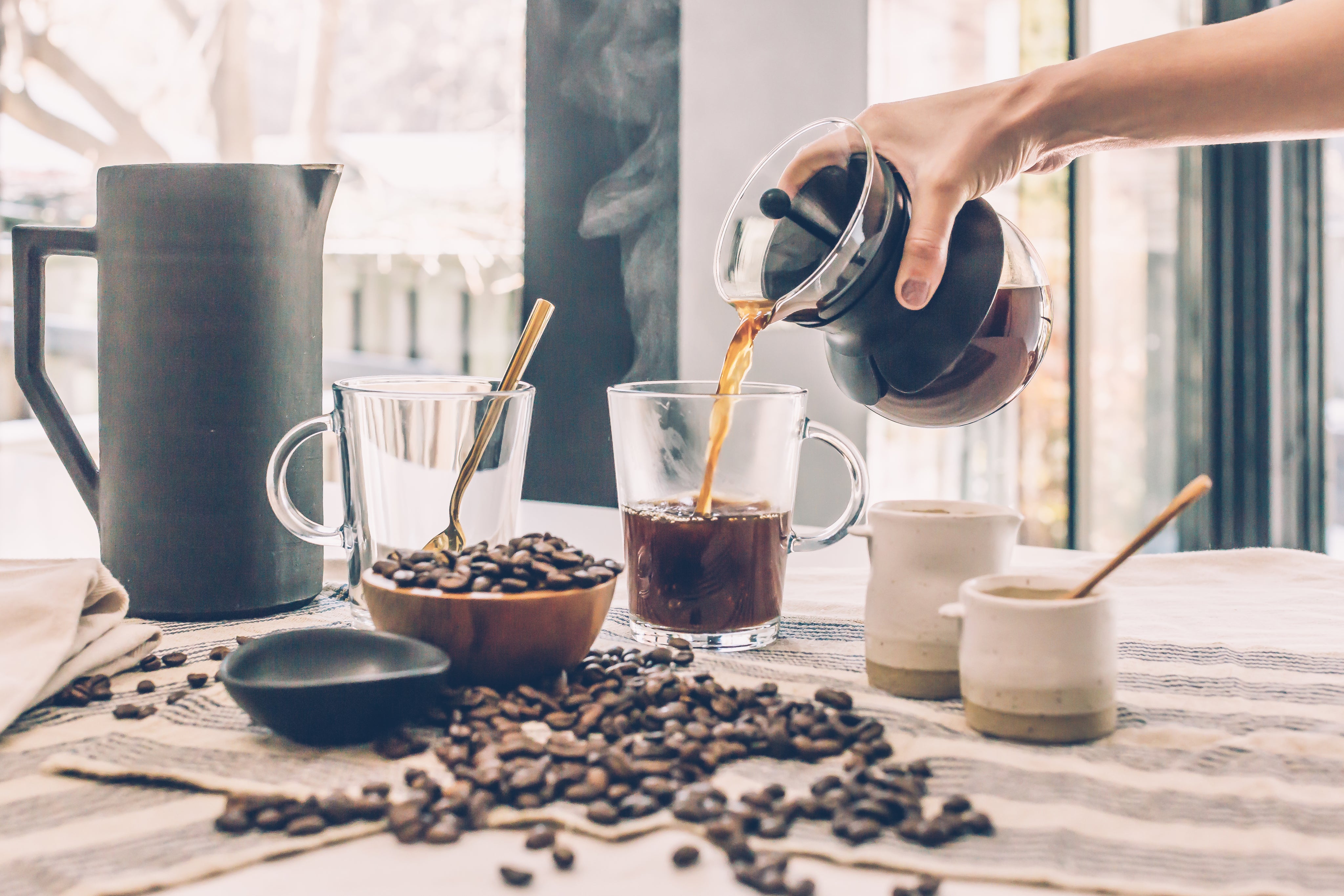Ethiopia: The Birthplace of Coffee and Its Sacred Ceremony
Ethiopia, often considered the birthplace of coffee, has one of the most elaborate coffee rituals in the world. The Ethiopian coffee ceremony is an essential social practice, symbolizing hospitality and community.
The process begins with green coffee beans roasted over an open flame, filling the air with an intoxicating aroma. The beans are then ground by hand using a mortar and pestle and brewed in a traditional clay pot called a jebena. The coffee is served in three rounds—abol, tona, and baraka—each symbolizing different levels of blessings and spiritual connection. Guests are expected to stay for all three rounds, making it a deeply communal experience.
Italy: The Art of the Espresso
In Italy, coffee is a way of life, and nothing embodies this more than the espresso culture. Italians typically enjoy their espresso quickly, standing at the bar, often exchanging a few words with the barista.
A few unwritten rules of Italian coffee culture:
- No cappuccino after 11 a.m. – Italians believe milk-based coffee is only for the morning.
- Espresso is for energy, not leisure. – Unlike in many places where coffee is a sit-down affair, Italians take their shots swiftly.
- Macchiato for a little twist. – If you want just a touch of milk, a caffè macchiato (espresso “stained” with a bit of milk) is the way to go.
Turkey: Fortune-Telling in a Cup
Turkish coffee is an intense, unfiltered brew prepared in a special pot called a cezve. The finely ground coffee is simmered with sugar (never stirred) and poured directly into small cups, allowing the grounds to settle at the bottom.
One of the most unique traditions surrounding Turkish coffee is fortune-telling or tasseography. After finishing their cup, drinkers turn it upside down on a saucer and wait for the grounds to form patterns. A skilled reader then interprets the shapes, revealing possible insights into the drinker’s future.
Japan: The Precision of Pour-Over Coffee
Japan has elevated coffee brewing to an art form, with an emphasis on precision, patience, and mindfulness. The Japanese pour-over method, popularized by kissaten (traditional coffee houses), involves a slow, deliberate pour of hot water over finely ground beans using a Hario V60 or Chemex.
Beyond technique, coffee culture in Japan is about the ambiance—many old-fashioned coffee houses play jazz music and offer a tranquil escape from the fast-paced world outside.
Sweden: Fika – Coffee as a Social Ritual
In Sweden, coffee is more than just a beverage—it’s a social institution. The tradition of fika refers to taking a break to enjoy coffee and pastries, often with friends or colleagues. It’s an essential part of daily life, promoting relaxation and connection.
Accompanying coffee, Swedes often enjoy cinnamon buns (kanelbullar), cardamom buns, or other baked goods. Unlike the quick espresso culture of Italy, fika is about slowing down and savoring the moment.
Mexico: Café de Olla – A Spiced Delight
Mexico’s traditional café de olla is a unique and aromatic coffee experience. Brewed in a clay pot (olla de barro), this coffee is infused with cinnamon, piloncillo (unrefined cane sugar), and sometimes cloves or star anise, giving it a rich, spiced flavor.
Originally prepared for revolutionaries to keep them energized, café de olla remains a beloved drink, especially in rural areas and during festive occasions. It’s often enjoyed black, without cream or milk, allowing the spiced notes to shine through.
France: Café Culture and Leisurely Mornings
The French coffee experience is about elegance and leisure. A typical French morning starts with a café au lait—coffee served with warm, steamed milk, often enjoyed with a croissant or baguette with jam.
Unlike Italy’s fast espresso culture, the French prefer a leisurely coffee experience, often sitting outdoors at cafés for people-watching and conversation. The afternoon or evening might call for an espresso or café crème, a close relative of the cappuccino.
Vietnam: Egg Coffee and Iced Delights
Vietnamese coffee culture is bold, sweet, and creative. The country is known for cà phê sữa đá—strong **Robusta coffee brewed with a phin filter and mixed
with sweetened condensed milk, then poured over ice.** This thick, rich coffee packs a serious caffeine punch and is a staple of Vietnamese street cafés.
One of the most unique coffee traditions in Vietnam is cà phê trứng, or egg coffee. This decadent drink combines espresso with a frothy mixture of egg yolk, sugar, and condensed milk, creating a custard-like topping. Originally created as a substitute for scarce milk in the 1940s, it has since become a must-try specialty in Hanoi.
Morocco: Spiced Coffee with a Kick
In Morocco, coffee is often brewed with a blend of spices such as cardamom, cinnamon, nutmeg, cloves, and black pepper, creating a warm and aromatic drink. This coffee is typically served in small glasses, much like traditional Moroccan mint tea.
Coffeehouses in Morocco are social hubs, where people gather to chat, play chess, or discuss politics. The combination of strong coffee and bold spices makes for an unforgettable, sensory-rich experience.
Final Sip: The Universal Love for Coffee
Though coffee rituals vary across cultures, one thing remains constant: coffee is a connector of people. Whether it’s the hospitality of an Ethiopian ceremony, the efficiency of an Italian espresso, or the comfort of a Swedish fika, coffee brings people together in ways both simple and profound.
Next time you sip your favorite brew, take a moment to reflect on its journey—both geographical and cultural. And who knows? Maybe you’ll be inspired to try a new coffee ritual from a far-off land.
What’s your favorite coffee tradition? Have you experienced any unique coffee rituals on your travels? Share your thoughts in the comments below!



